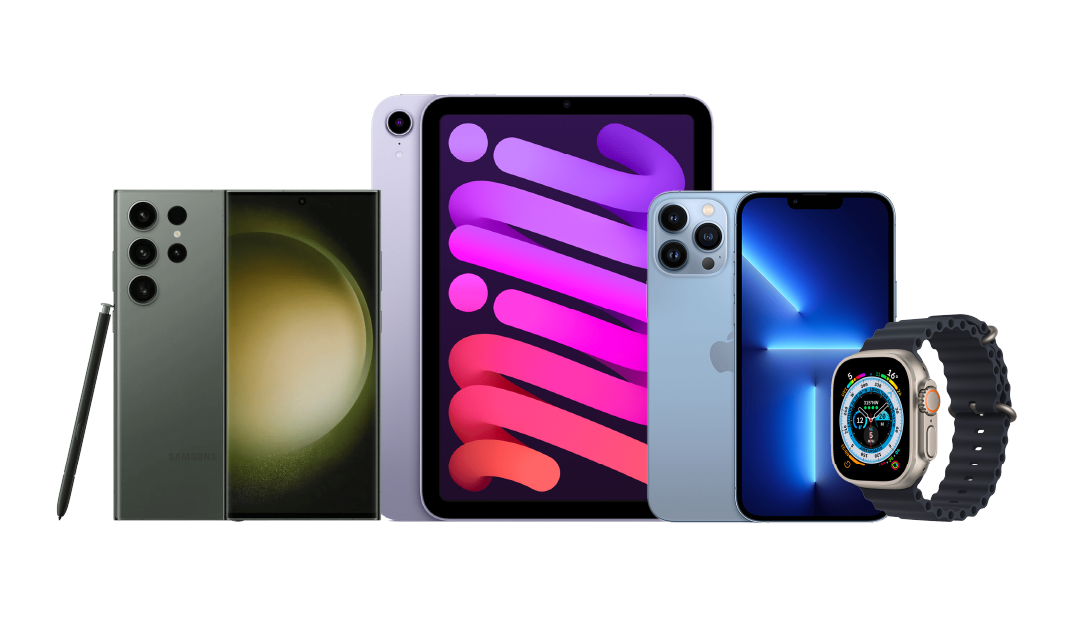
DECLUTTR IS NOW CLOSED
Our website has officially closed.
Thank you for trading with us over the years. Although our website is now closed, our Customer Service team remains ready to assist with any active orders.
If you need help or have questions about an order, please visit our Help Center. We’ll get back to you as soon as possible.
